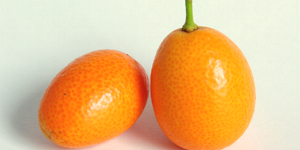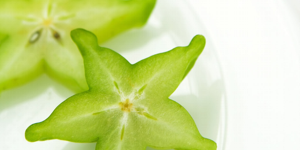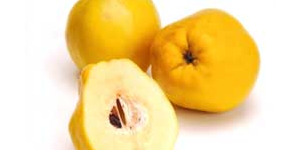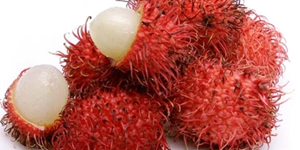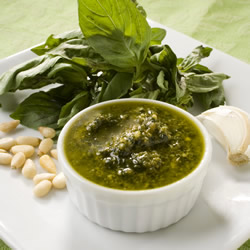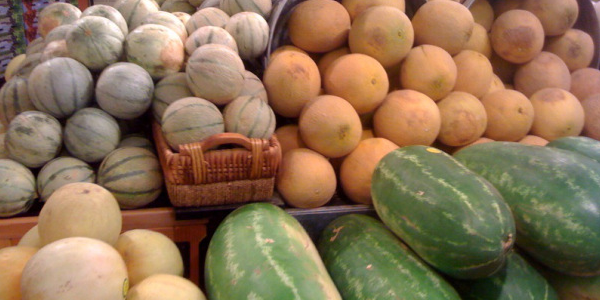
It’s getting to be that time of year when your options for local, seasonal fruits are either apples or…apples. Citrus growers haven’t gotten a really tasty crop yet, and 90 percent of what’s in your grocery store has been shipped in from far, far away, devoid of any taste or nutrition. But, unless you’re branching out to specialty grocery stores, you could be missing out on some of the most nutritious, unique fruits—grown in the U.S.—that are available this time of year. Certain varieties of tropical and citrus fruits, which are grown somewhat locally in places like Florida and Hawaii, have the highest levels of heart-healthy antioxidants of any fruit, so you can still make your heart happy without having to pollute the planet with fruit flown in from another hemisphere.
Kumquats
Forget pomegranates: talk about a food being overused!! Forget bacon, it’s pomegranates, and acai- I love superfruits as much as the next person but come on, these things aren’t gonna make you lose weight or get smarter or live forever. Start buying kumquats. The tiny little olive-sized citrus fruits are full of disease-fighting antioxidants, which are contained in their sweet, edible skin. Inside kind of really tart and a bit bitter; stick to the skin!! Also a healthy dose of potassium and vitamins A and C. California and Florida are home to most of our domestic crop, and the most commonly found variety peaks between November and March. The fruits are super-versatile: Slice up a kumquat and toss it into a salad, or use that instead of hassling with orange zest when recipes call for it. Kumquats lend a more refined, complex flavor to your dishes. Diced kumquats and avocado make a great salsa when mixed with red onion, cilantro, and lime. At the market, look for firm fruits that are bright orange in color (green ones aren’t yet ripe), and store kumquats at room temperature for two or three days, or in the refrigerator for up to two weeks.
Star Fruit
Exotic fruits are generally higher in vitamin C, higher in potassium, and lower in calories than domestic fruits, and carambolas, or star fruits, are no exception. they’re also great for your heart . and they’re preeeetttyyy. Look for firm, shiny, evenly colored yellow fruit. Handle with care, as star fruit bruises easily, and let the fruits ripen at room temperature for a few days until light brown ribs form and a full, fruity aroma develops, then refrigerate them for up to a week. Aim for deep yellow skin with browning on the edges,” “This is when they are sweetest. Some people will use the (underripe) green ones, since they are tart, as a substitute for limes in drinks.” The carambola’s taste has been described as a cross between citrus, apple, and pear, and you can just eat them as is or slice them into fruit salads. Sliced thin and dried in an oven on low heat, they also make great edible Christmas tree ornaments. They’re so pretty…
Quinces
They may look like their relatives, apples and pears, but quinces are much healthier and may actually help ward off the flu. With twice the vitamin C of its native relatives, quinces are also high in antiviral phenolic compounds that have been found to combat the influenza virus. The short quince season lasts from September until December. To find them, check out Latino, Asian, and Middle Eastern markets, specialty grocers, and farmer’s markets. The fruits taste best when cooked, so add them to long-cooked savory stews or roasts or use them in any dish that calls for cooked apples or pears.
Rambutans
In Hawaii, the decline of sugarcane plantations has led to a burgeoning specialty fruit industry, and antioxidant powerhouses like rambutans, lychees, and longans are now favored crops. The rambutan, also known as hairy lychee or hula berry, is a tropical treat when summer’s lychees aren’t in season; their season runs from September through March. They might even be better for you than green tea; rambutans have higher levels of the antioxidants flavanoids and anthocyanins, both of which are believed to reduce risk of chronic diseases and cardiovascular problems. They also contain lots of iron and calcium. Look for rambutans in Asian and other specialty markets, and handle them with care—they’re fragile and keep only a day or two at room temperature. If you won’t be eating them right away, place the fruits in a perforated plastic bag and refrigerate. To enjoy them, simply peel and pop into your mouth, or add them to a fruit platter; you can also put the spiky husk on someone’s pillow or toilet seat and scare the bejeebers out of them- it’s freaky lookin…
-Claire Kats
Disagree? Comments? Questions? Want to rant? Feel free to shoot your kind (or not so kind) words to the author of this article by checking out our Contact Us page where you can e-mail the author.

 Posted in
Posted in 